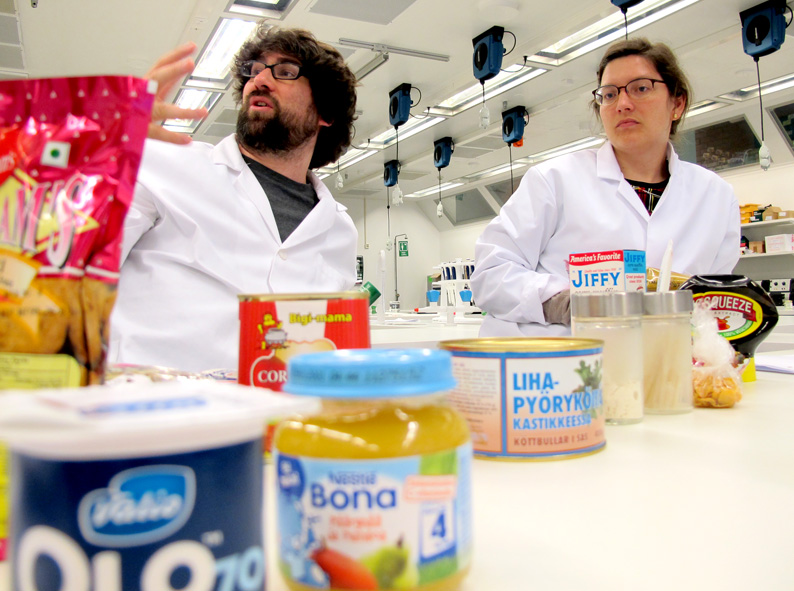I have decided to take some time off for myself, to investigate areas of professional and personal interest which I do not normally focus on. Here is a smorgasboard of lectures on ideas that I chanced upon in relation to areas that interest me, but are not remunerative (ie are not directly related to IT quality management - which is the thrust of my "usual" day job). Areas I find interesting are those that lie at the intersections of technology, open systems, bio-technology, genetic engineering, craft, activism, art and new sciences. More specifically, it is interesting to learn how contemporary artists, crafters, researchers and hackers are de-constructing and re-framing concepts to interrogate and explain the society in which we live with wry humour. In doing so, they empower us to look for lateral solutions. Enjoy...
FoodPhreaking
Heading the list is a concept coined by an entity known as
Genomic gastronomy (an artist-led think tank which concerns itself with bio-technologies and biodiversity of human food systems). The concept is known as
FoodPhreaking -
a term coined to describe the activity of people who study, experiment with, or explore food systems..' To provide a background for the word
"Phreaking" : It is is a slang term used to describe the activity of a culture of people who study, experiment with, or explore telecommunication systems, such as equipment and systems connected to public telephone networks."
 |
| Zack Denfeld and Cat Kramer the founders of Genomic Gastronomy |
Guerrilla Knitting
Next on my list is the History of Guerrilla Knitting by Rose White. Depending on who is defining it, guerrilla knitting has different definitions, one that caught my attention - though it isn't the most accurate one is - "Guerilla knitting or 'yarnstorming' is the art of conjuring up a piece of knitting or crochet, taking out out in the world, releasing it into the wild, and running away ..."
If you want to get an idea of what it is about, the photos below provide clues - essentially guerrilla knitting, marries the concept of knitting with activism. It uses knitted products in unlikely settings to encourage people to think about important social issues such as environmentalism, the arms trade, our reliance on fossil fuels, etc in novel solution-oriented ways.
Hacking as Artistic Practise
Next on my list is the idea of hacking as an artistic practise by Mediengruppe Bitnik, who are contemporary artists. I will not spoil the lecture by providing any more details other than to say that it demonstrates how they attempt to translate computer hacking in terms of artistic practice. In the first part of the lecture they show how they "hacked" the Zurich opera in ten easy steps. The main aim of the exercise was to explore the usefulness of hacking as an artistic strategy of redirection and criticism.
In the second, they performed a System Test on the postal system. They sent Wikileaks-Founder Julian Assange a parcel containing a camera. Julian Assange has been living in the center of a diplomatic crisis at the Ecuadorian embassy in London since June 2012. Through a hole in the parcel, the camera documented and live-tweeted its journey through the postal system, letting anyone online follow the parcel's status in real-time.
 |
| The inside of the package sent to Julian Assange |
Space archaeology
 |
| Alice Gorman and a depiction of space junk... |
Last, but actually one of my favourites, is the talk on Space archaeology by Alice Gorman of Flinders University, Australia, who has published extensively on the cultural landscape of space, the cultural heritage inherent in orbital debris and other aspects of the archaeology of space exploration. In her view, disused satellites and other orbiting debris are not space junk, but important cultural artifacts which can and will provide historical information on the story of human endeavors in space.








Comments
Post a Comment